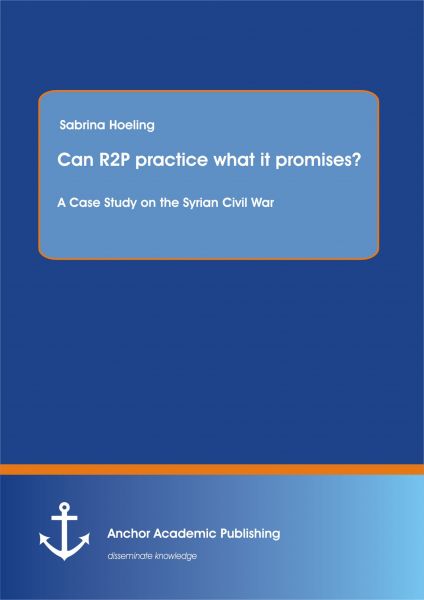Can R2P practice what it promises? A Case Study on the Syrian Civil War
In recent years, news from the Middle East, especially from Syria, have been devastating. Pictures of hundreds of thousands of civilians being killed, tortured, on the run, of refugees living under terrible conditions in neighbouring countries have shocked the public. The emergence of ISIS as a result of the Syrian civil war poses a threat to international security. Over and over again, politicians, human rights organisations and academics have been demanding that the international community, represented by the United Nations, steps in to stop the mass atrocities and protect the civilian victims from the radical opposition groups and Dictator Bashar Al-Assad. But is there a responsibility of other states towards the Syrian population? Is it morally and legally right to send money, weapons and possibly military personnel to risk their lives and resources?
The moral demand to do just that is supported by the Responsibility to Protect (R2P) doctrine with which the international community committed itself in 2005/6 to protect civilians from mass atrocities and marked a milestone in international politics since it changed the definition of state sovereignty from sovereignty as authority to sovereignty as responsibility. This includes a sovereign's responsibility towards his own people but also towards people outside of his jurisdiction.
But how effective is R2P in practice? Is it a mere norm without any implications for action or is it even legally binding in obliging states to protect civilians in cases of mass atrocities? If so, why does the UN not react and intervene in Syria?
This book examines the Responsibility to Protect doctrine in ist legal and political dimensions and will thus provide some answers to the questions that occupy the general public.
Versandkostenfreie Lieferung! (eBook-Download)
Als Sofort-Download verfügbar
- Artikel-Nr.: SW9783954898572
- Artikelnummer SW9783954898572
-
Autor
Sabrina Hoeling
- Verlag Anchor Academic Publishing
- Seitenzahl 76
- Veröffentlichung 14.09.2016
- Barrierefreiheit
- ISBN 9783954898572
- Verlag Anchor Academic Publishing

